Lawn aeration is a vital process for maintaining a healthy, thriving yard. It involves perforating the soil to improve oxygen flow, water absorption, and nutrient penetration, all of which are essential for promoting deep root growth and vibrant grass. Aeration helps alleviate soil compaction, ensuring your lawn has the ideal conditions to grow lush and green.
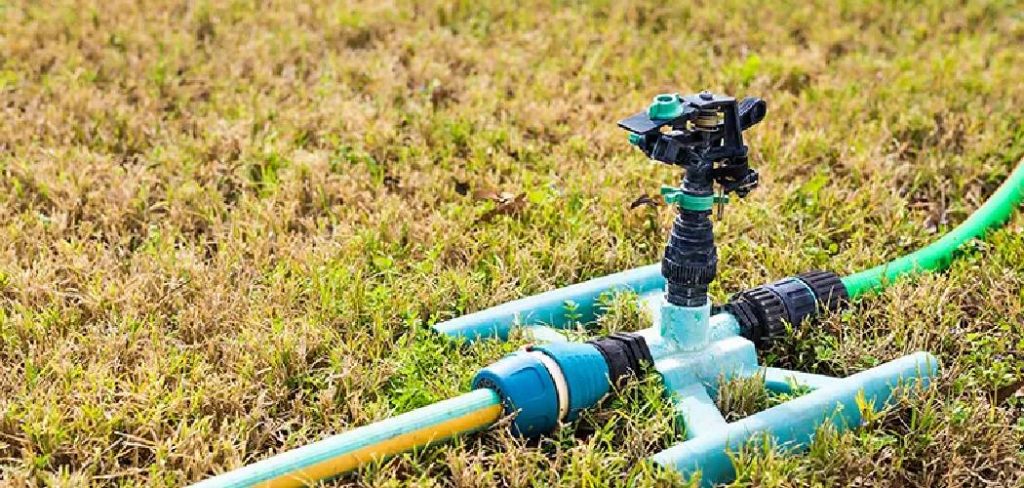
Combining lawn aeration with the use of an efficient sprinkler system takes your lawn care routine to the next level. A sprinkler system not only simplifies irrigation but also complements aeration by evenly distributing water into the newly aerated soil, aiding in faster recovery and healthier growth.
This article explores the synergy between aeration and sprinkler use, providing practical guidance on how to aerate lawn with sprinkler system integration. By following these tips, you’ll learn the best practices for achieving optimal lawn care results and creating a vibrant outdoor space.
Understanding Lawn Aeration
What Is Lawn Aeration?
Lawn aeration is the process of perforating the soil with small holes to allow essential elements like air, water, and nutrients to penetrate down to the grassroots. Over time, soil can become compacted, restricting the flow of these vital components and limiting the growth potential of your lawn. Aeration alleviates this issue by creating pathways for better absorption, ensuring your grass stays healthy and lush.
Benefits of Aeration
Aeration offers numerous benefits for your lawn’s health. Reducing soil compaction allows for improved drainage and prevents water from pooling on the surface. This process also enhances air circulation within the soil, promoting stronger root systems. Additionally, aeration encourages nutrient absorption, enabling grass to grow thicker and greener while better withstanding environmental stressors such as heat and drought.
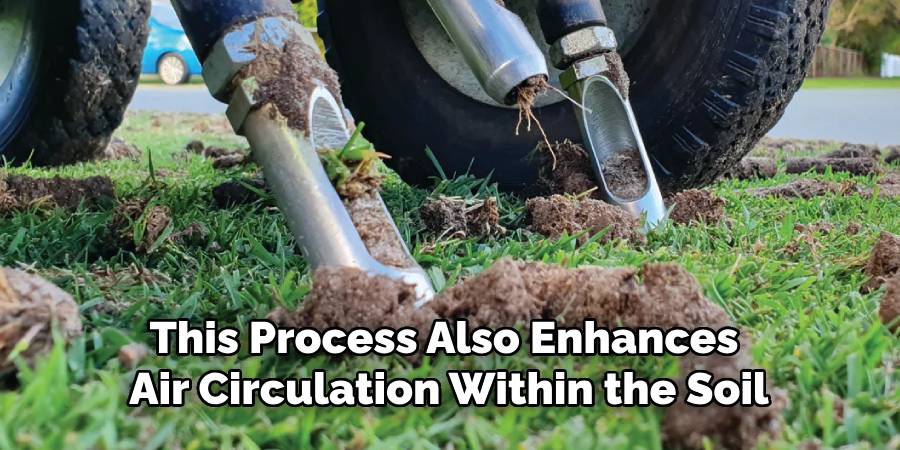
Different Types of Aeration
There are two primary methods of aeration to consider: spike aeration and core (plug) aeration. Spike aeration involves using a tool to poke holes in the ground, pushing soil aside. While effective for minimally compacted lawns, it can inadvertently increase compaction in densely packed soil. Core aeration, on the other hand, removes plugs of soil from the lawn, reducing compaction more effectively and allowing for optimal air and nutrient flow.
Role of a Sprinkler System in Lawn Aeration
A sprinkler system plays a vital role in supporting lawn aeration by ensuring the soil remains adequately moist throughout the process. Moist soil is more pliable, making aeration equipment more effective at penetrating the ground and reducing soil compaction. Before aeration, running a sprinkler system helps loosen the soil, facilitating smoother removal of plugs during core aeration. After aeration, sprinklers help break down the removed soil plugs more quickly, allowing nutrients, air, and water to thoroughly re-integrate into the lawn.
How Sprinkler Systems Support Aeration
Keeping the soil moist before aeration prepares it for better results, while maintaining moisture afterward ensures that the benefits of nutrient and air penetration are maximized. This consistent hydration helps create an ideal environment for lawn recovery and promotes robust root development.
Advantages of Combining Aeration and Sprinkling
When used together, aeration and sprinkling achieve significantly enhanced outcomes. Aerated soil readily absorbs water distributed by sprinklers, ensuring that moisture reaches deeper layers and supports healthy grass growth. This combination fosters a healthier, greener lawn by improving overall turf quality.
Limitations to Consider
However, there are considerations to keep in mind. Sprinkler system coverage may be uneven, leaving certain areas drier than others, which can reduce aeration effectiveness. Additionally, improper timing—such as overwatering right before aeration—can lead to muddy conditions that hinder equipment performance. Proper planning and maintenance are crucial for maximizing the benefits of sprinkling in conjunction with aeration.
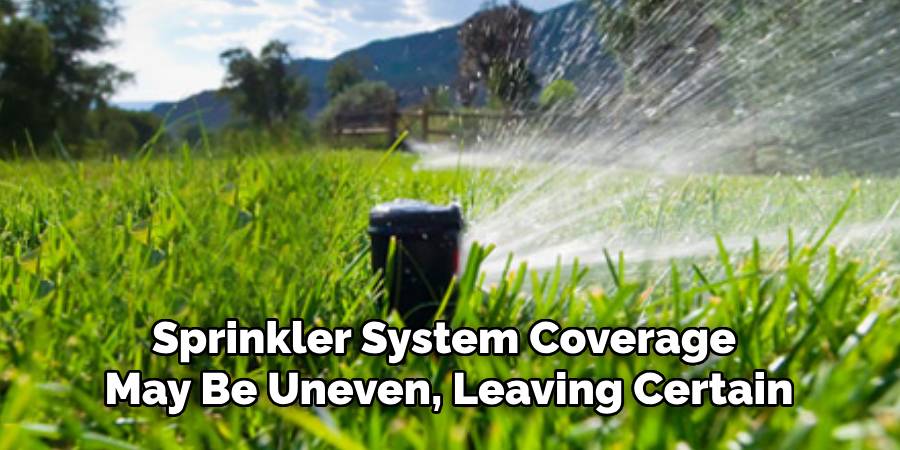
Preparing Your Lawn and Sprinkler System
Proper preparation of your lawn and sprinkler system is crucial for maximizing the effectiveness of aeration and sprinkling. Following these steps ensures a smooth process that helps your lawn thrive.
Inspecting the Sprinkler System
Before beginning aeration, inspect your sprinkler system to ensure it is functioning adequately. Check for any blocked or malfunctioning sprinkler heads that may result in uneven water distribution. Adjust the spray patterns and make necessary repairs to guarantee proper coverage across the entire lawn. This step prevents dry patches and promotes uniform soil and turf health.
Watering Schedule Before Aeration
Moistening the soil is essential for easier aeration penetration. Set your sprinkler system to water the lawn 1-2 days before beginning the aeration process. The goal is to create slightly damp soil, avoiding conditions that are too muddy or overly saturated. Properly moistened soil allows aeration equipment to penetrate the ground efficiently, ensuring better airflow and nutrient absorption in the soil.
Clearing the Lawn
Before aerating, clear the lawn of any debris, lawn furniture, toys, or excess thatch. Obstructions can hinder the aerator’s movement and cause uneven results. Raking up loose debris and using a dethatcher if needed helps prepare the grass for optimal aeration and watering.
Tools Needed
For the process, you will need a lawn aerator, which can be manual or mechanical, depending on the size of your lawn. Additionally, ensure your sprinkler system’s controller is easily accessible for adjustments during watering. Proper preparation and suitable equipment can make the aeration and sprinkling process seamless and efficient.
How to Aerate Lawn With Sprinkler System: Step-by-Step Guide
Step 1: Water the Lawn Pre-Aeration
Use your thoroughly. This will make the ground softer and easier to penetrate, improving the effectiveness of the process. Be cautious not to oversaturate the lawn, as soggy soil can hinder aeration and lead to uneven results. Aim for consistent, light watering across the area.
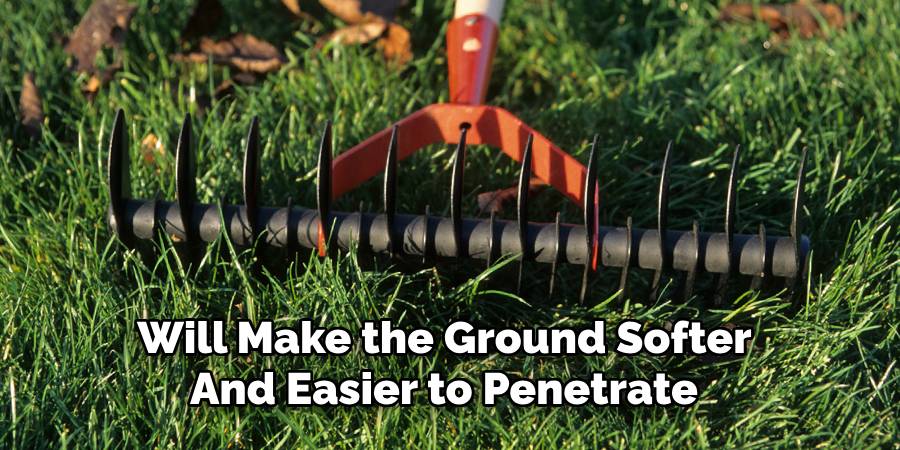
Step 2: Aerate the Lawn
Using your chosen aerator—be it manual or mechanical—begin covering the entire lawn evenly. Focus on highly compacted areas or spots that experience heavy foot traffic. Ensure you create enough holes for aeration without overlapping excessively, as this may damage the grass. Work methodically, moving in straight lines or sections to ensure you don’t miss any areas.
Step 3: Water the Lawn Post-Aeration
Once the aeration process is complete, turn on the sprinkler system again to water the lawn. This helps settle the soil, encourages deeper root growth, and breaks down the small plugs of soil left on the surface. A light watering session immediately after aeration can make a noticeable difference in how the grass recovers and flourishes.
Step 4: Fertilize and Overseed (Optional)
For best results, consider applying fertilizer or overseeding your lawn at this stage. Aeration allows nutrients, seeds, and water to penetrate the soil more effectively, promoting healthy and lush grass growth. Follow up with a round of light sprinkler watering to help the seed or fertilizer settle into the aerated soil.
Step 5: Maintain a Regular Watering Schedule
Adjust your sprinkler system’s settings to support the lawn during its recovery and growth phase. Water the lawn regularly to prevent dryness and promote healthy root development. Monitor your lawn’s response and modify watering times as needed to maintain a thriving, green lawn.
Tips for Maximizing Results
To get the best outcomes from aeration and watering, timing and attention to detail are crucial.
Best Time of Year to Aerate and Water
Spring and fall are the most favorable seasons for aeration and watering. These periods provide optimal conditions for grass seed germination and root development. The mild temperatures and consistent moisture levels during these seasons ensure your lawn recovers quickly and grows densely.
Monitoring Soil Moisture Levels
Maintaining proper soil moisture is essential for a successful aeration and watering process. Avoid overwatering, as it can lead to waterlogged soil, which harms the grassroots. On the other hand, underwatering can dry out the soil, hindering root growth. Check the soil’s moisture levels regularly and water your lawn adequately to keep the soil consistently moist but not oversaturated.
Adjusting Sprinkler Heads
Ensure your sprinkler system provides full coverage, particularly in aerated areas. Adjust sprinkler heads to eliminate any dry patches or uneven watering. Proper alignment ensures all sections of your lawn benefit equally from the hydration, fostering even growth.
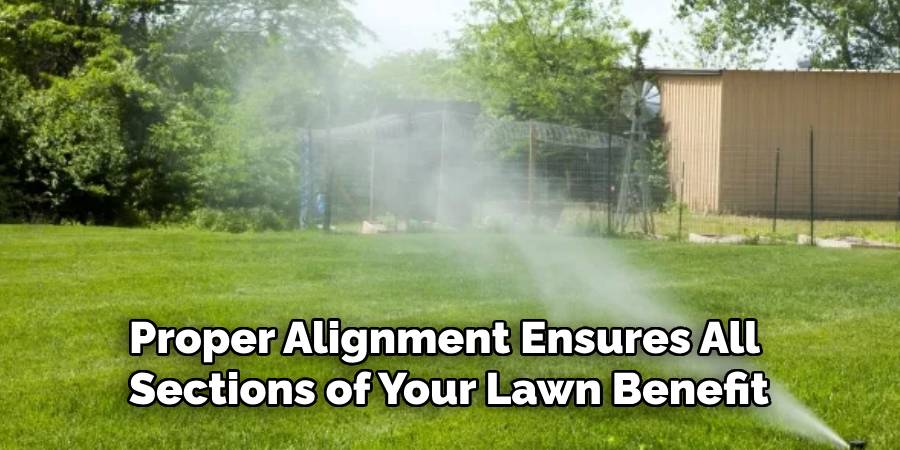
Using Soil Amendments
Consider incorporating soil amendments like compost or sand during aeration to enhance soil quality. These amendments improve drainage, increase nutrient retention, and promote a healthier root system, complementing the benefits of aeration and watering.
Common Mistakes to Avoid
Aerating Dry or Waterlogged Soil
Performing aeration on soil that is too dry or overly saturated can significantly reduce its effectiveness. When soil is too dry, it becomes hard and compact, making it difficult for the aerator to penetrate, which limits the benefits of the process. On the other hand, waterlogged soil can lead to excessive compaction and uneven aeration, causing damage to the grass roots. Always ensure the soil is moderately moist before aerating for optimal results.
Skipping Pre- and Post-Aeration Watering
Failing to water your lawn adequately before and after aeration can hinder soil recovery and reduce nutrient absorption. Pre-watering softens the soil, allowing the aerator to create deeper holes more effectively. Post-aeration watering helps nutrients, air, and water reach the grassroots, enhancing growth and recovery. This step is crucial for maximizing the benefits of the aeration process.
Neglecting Sprinkler Maintenance
Regularly inspecting and maintaining your sprinkler system is essential to avoid issues such as clogged or misaligned sprinkler heads. When sprinklers are not functioning properly, it can lead to uneven watering, with some areas receiving too much while others are left dry. Thorough maintenance ensures uniform hydration, supporting healthy and consistent lawn growth.
Maintenance After Aeration and Watering
After aeration, following a consistent lawn care routine is vital to promote healthy growth. Begin with regular mowing to maintain an even height; this ensures that sunlight reaches the soil effectively. Incorporate a balanced fertilizing schedule to provide essential nutrients to the grassroots, enhancing their growth potential. Water the lawn appropriately, allowing the soil to absorb moisture deeply, which supports the roots in recovering from aeration.
Keep an eye out for signs of soil compaction, such as water pooling, thinning grass, or difficulty inserting a screwdriver into the ground. These indicators suggest it may be time to aerate again, typically every one to three years, depending on lawn use and soil type.
To maintain sprinkler system efficiency, conduct seasonal inspections. Check for leaks, clogs, or misaligned heads, and clean components regularly. This ensures even water distribution and prevents common problems like dry patches or over-saturation.
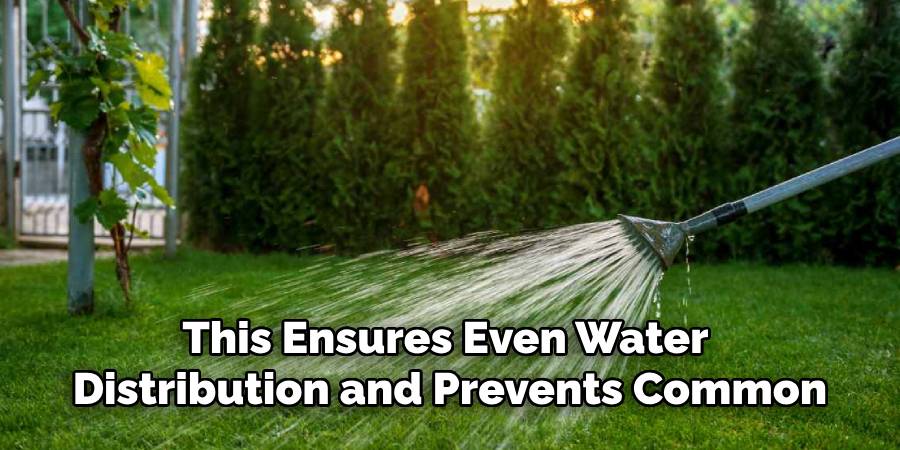
Conclusion
Integrating sprinkler systems with lawn aeration is essential for promoting healthier, more vibrant grass. By improving soil compaction and ensuring efficient water distribution, these practices work together to create the ideal environment for grass to thrive. Following the outlined steps and tips, including understanding how to aerate lawn with sprinkler system, will help you achieve the best results.
With consistent maintenance and attention to detail, you can enjoy a lush, thriving lawn that enhances the beauty and value of your outdoor space. Dedicate time to proper care, and your lawn will reward you with long-lasting vitality.
About the Author
Adrian Green is a passionate woodworking enthusiast who has dedicated his life to the craft of woodworking. From his early days working alongside his father in the family woodworking shop, Adrian has honed his skills and developed a deep love for creating beautiful, functional pieces with his hands. As the voice behind The Woodenify Blog, he shares his knowledge, tips, and inspiration with fellow woodworkers of all skill levels, helping them build confidence in their abilities while learning new techniques.
Professional Focus
- Specializes in DIY woodworking projects, from furniture making to home décor.
- Provides step-by-step guides, tips, and practical tutorials for woodworkers at any skill level.
- Focused on empowering readers with confidence and knowledge through easy-to-follow instructions and hands-on techniques.
- Passionate about building a community where makers can share, learn, and grow together in the world of woodworking.
Education History
University of Craft and Design – Bachelor of Fine Arts (BFA) in Woodworking and Furniture Design
Woodworking Apprenticeships – Gained extensive hands-on experience through various workshops and mentorships with seasoned craftsmen, refining carpentry and furniture-making skills.
Expertise
- DIY woodworking, carpentry, furniture making, and home décor projects.
- Creating clear, accessible tutorials and guides for beginner to advanced woodworkers.
- Helping readers experience the satisfaction and fulfillment of turning raw materials into stunning finished products.
